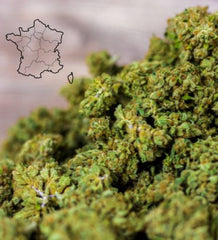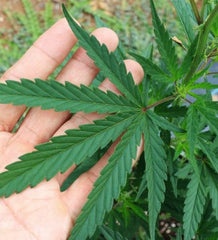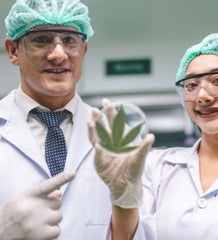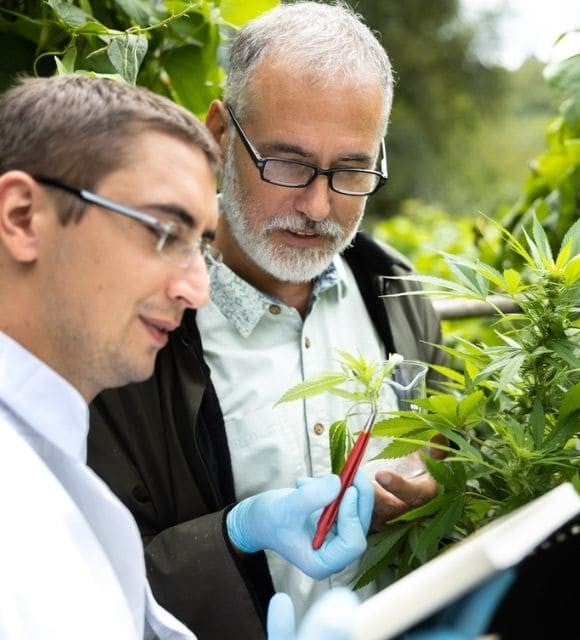
Who are the pioneers in the history of CBD?
R. Adams and the discovery of CBD in 1940
R. Adams, a Harvard graduate, was a chemist specializing in organic chemistry at the University of Illinois. His research into the composition of many natural substances, such as complex vegetable oils and plant alkaloids, made him a highly influential scientist .
He not only isolated cannabidiol (CBD) from the cannabis sativa plant, but also demonstrated its relationship with cannabinol (CBN) and tetrahydrocannabinol ( THC ).
However, Adams failed to accurately describe the chemical structure of CBD, even after successfully isolating it from the rest of the plant. As a result, it wasn't until the 1960s that Adams was recognized as the first scientist to extract cannabidiol from his plant.
Dr. Raphael Mechoulam, pioneer in the history of CBD
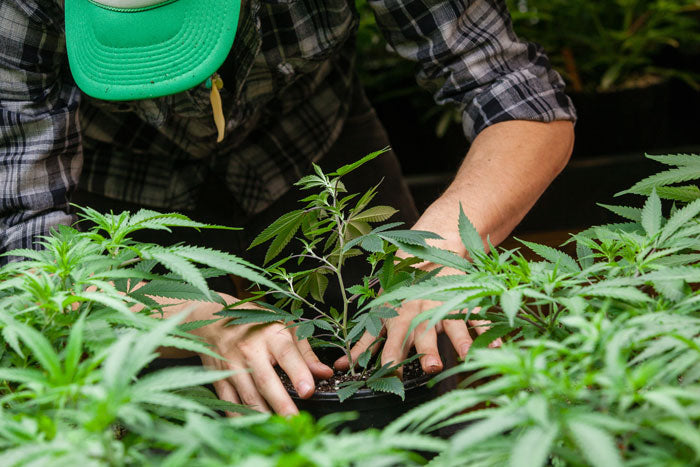
Although R. Adams was the first to isolate CBD as a chemical compound, the credit for this discovery could not be attributed to him alone since he failed to identify the chemical structure of CBD.
It was in 1963 that Dr. Raphael Mechoulam, a scientist at the University of Jerusalem, identified the stereochemistry of cannabidiol.
Dr. Mechoulam has been involved in extensive research on the pharmacology of cannabis for many years. Much of our current knowledge about the structure of cannabinoids and their actions is due to his research.
He is a natural products chemist with a particular interest in the chemistry of plant-based substances.
In the 1960s, he was surprised to find that the chemistry of cannabis had not been studied much, even though morphine had been isolated from opium 150 years earlier and cocaine 100 years earlier.
His team began studying the chemical composition of cannabinoids to establish a chemical basis for their research.
Mechoulam and his team carry out the first tests
In the late 1960s, Mechoulam and his team at the University of Jerusalem undertook the first experiments to test cannabis compounds on primates.
This research very quickly led to the discovery that the component of cannabis responsible for the psychotropic effects was THC, and not CBD.
Discovery of 2-AG and anandamide
R. Mechoulam didn't stop there and continued his research on cannabis. In 1992, Mechoulam, along with Allyn Howlett and William Devane, discovered 2-AG and anandamide, two of the main cannabinoids produced by the body.
Anandamide is an endogenous cannabinoid. It is a neurotransmitter, meaning it transmits information from nerve cells to other nerve cells. As knowledge increases, research on cannabis, particularly its therapeutic properties, is expanding and becoming more global.
There are now many publications on the subject, but there is still much to discover. The uses of cannabis and CBD are increasingly diverse and scientifically supported.
Professors Allyn Howlett and William Devane
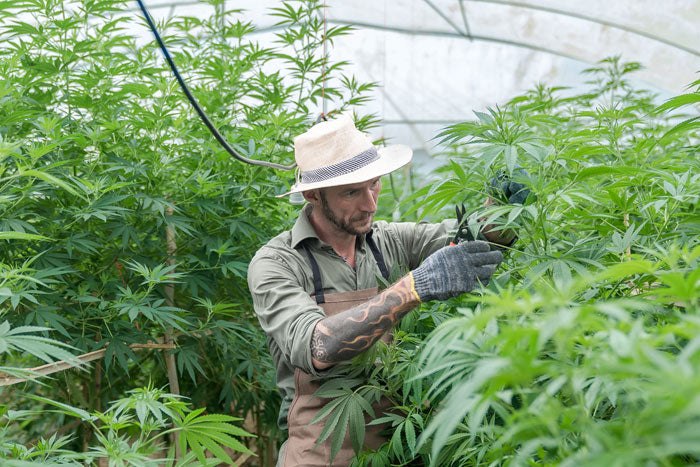
Professor Howlett and his then student, William Devane, were both on the medical faculty at St. Louis University in Missouri.
Their research on cannabinoids has allowed them to understand how they affect the body. Professor Howlett's current work continues to focus on how specific drugs can affect specific neurons.
CBD and Epilepsy
After discovering the chemical structure of CBD, Raphael Mechoulam continued his research on cannabis, joining forces with a team of researchers from the Santa Casa Medical School in Sao Paulo, Brazil. In February 1980, they published a study on Cannabis and Epilepsy .
The study was conducted on a group of 16 people (mostly children ) all suffering from severe epilepsy. The subjects who received CBD were able to see their physical condition improve quickly and without side effects . However, these studies, although revolutionary, have gone unnoticed.
Charlotte Figi
Charlotte Figi was born with Dravet syndrome, a rare and very serious form of chronic childhood epilepsy. Since birth, Charlotte had more than 50 seizures a day.
However, following an announcement on CNN, Charlotte's parents decided to use a CBD-rich strain of medical cannabis in a last-ditch effort to help their daughter.
Since starting treatment, Charlotte's seizures have decreased dramatically, from 300 seizures per week to just 4 or 5. This story garnered national attention and nearly led to legislation supporting CBD as a recognized treatment.
What future for CBD?
More than just a fad, the CBD market is building consumer loyalty with the assurance of its effectiveness. Many countries around the world have recognized the potential of this market and the significant economic benefits it could generate. Internationally, the CBD market could reach $80 billion by the end of 2028.
Although there is still bad press due to the lack of knowledge about this substance (often confused with THC), the CBD industry seems to have a flourishing future.
Indeed, more and more enthusiasts are banking on its effective and safe benefits. Moreover, the availability of online sales sites for CBD-based products makes them easily accessible.



